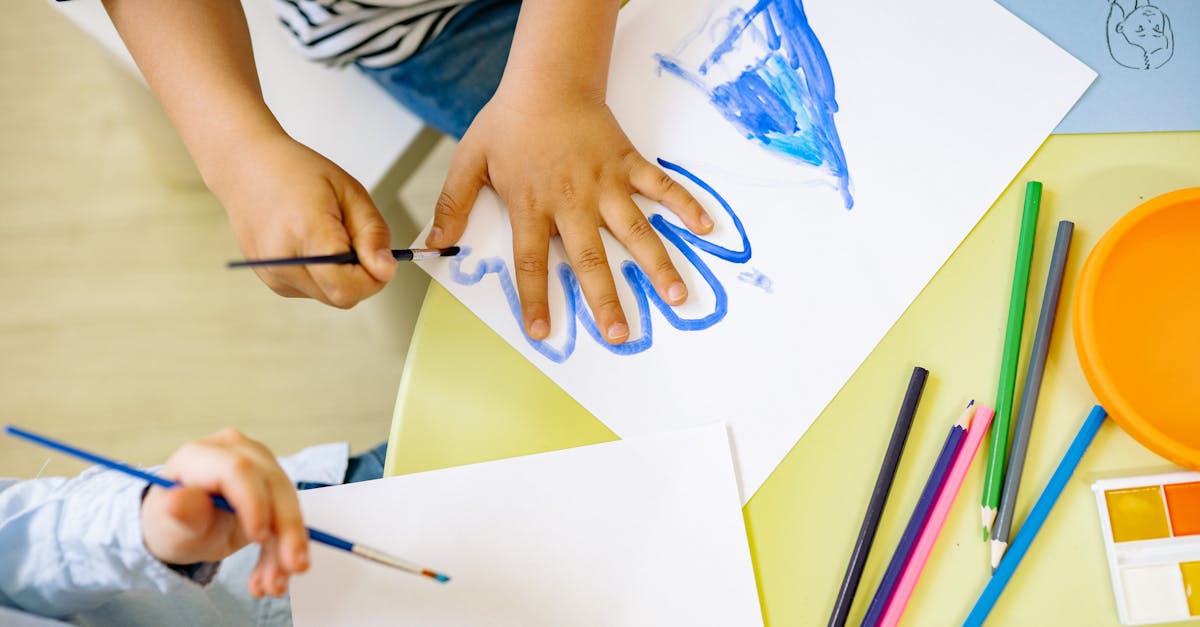In the fast-paced world we live in today, stress has become a common companion for many of us. However, one of the most effective ways to combat stress is through the soothing and therapeutic practice of painting. Whether you are a seasoned artist or a beginner looking to explore a new hobby, the act of creating art can have a profound impact on your mental and emotional well-being.
Here are 8 ultimate measures for using painting as a tool for stress relief:
1. Mindful Breathing: Before you begin painting, take a few moments to practice mindful breathing. Close your eyes, inhale deeply through your nose, and exhale slowly through your mouth. This simple technique can help calm your mind and focus your attention on the present moment.
2. Oil Painting as a Meditation: Oil painting is a popular choice for artists seeking relaxation and stress relief. The slow-drying nature of oil paints allows for blending and layering colors, creating a meditative experience. Lose yourself in the process of applying paint to canvas and let go of your worries.
3. Expressive Brushwork: Experiment with different brushstrokes and techniques to express your emotions on the canvas. Use broad, sweeping strokes for a sense of freedom and release, or delicate lines for a feeling of precision and control. Let your brush be an extension of your innermost thoughts and feelings.
4. Color Therapy: The use of color can have a powerful impact on your mood and emotions. Choose colors that resonate with you and evoke a sense of calm or joy. Soft pastels like pale blues and greens can create a tranquil atmosphere, while vibrant hues like reds and yellows can energize and uplift your spirits.
5. Watercolors for Fluidity: Watercolors are known for their fluid and unpredictable nature, making them an ideal medium for exploring spontaneity and letting go of perfectionism. Embrace the unpredictable nature of watercolors and allow yourself to embrace imperfections as part of the process.
6. Creating a Sanctuary: Set up a dedicated space for your painting practice, free from distractions and clutter. Surround yourself with objects that inspire you, such as plants, candles, or soothing music. Create a sanctuary where you can escape the pressures of daily life and immerse yourself in the creative process.
7. Art Journaling: Keep a visual journal where you can explore your thoughts, feelings, and experiences through art. Use a combination of painting, drawing, and writing to express yourself in a way that feels authentic and meaningful. Art journaling can be a cathartic and healing practice for processing emotions and gaining clarity.
8. Practice Self-Compassion: Remember that the goal of painting for stress relief is not perfection, but self-expression and self-care. Be gentle with yourself and embrace imperfection as a natural part of the creative process. Allow yourself the freedom to make mistakes and learn from them, knowing that each brushstroke is an opportunity for growth and personal discovery.
In conclusion, painting can be a powerful tool for relieving stress, promoting mindfulness, and enhancing emotional well-being. Whether you prefer the rich textures of oil painting, the fluidity of watercolors, or a combination of both, the act of creating art can provide a sense of calm, focus, and rejuvenation in a hectic world. Embrace the therapeutic power of painting and allow yourself the gift of creative self-expression and inner peace.


